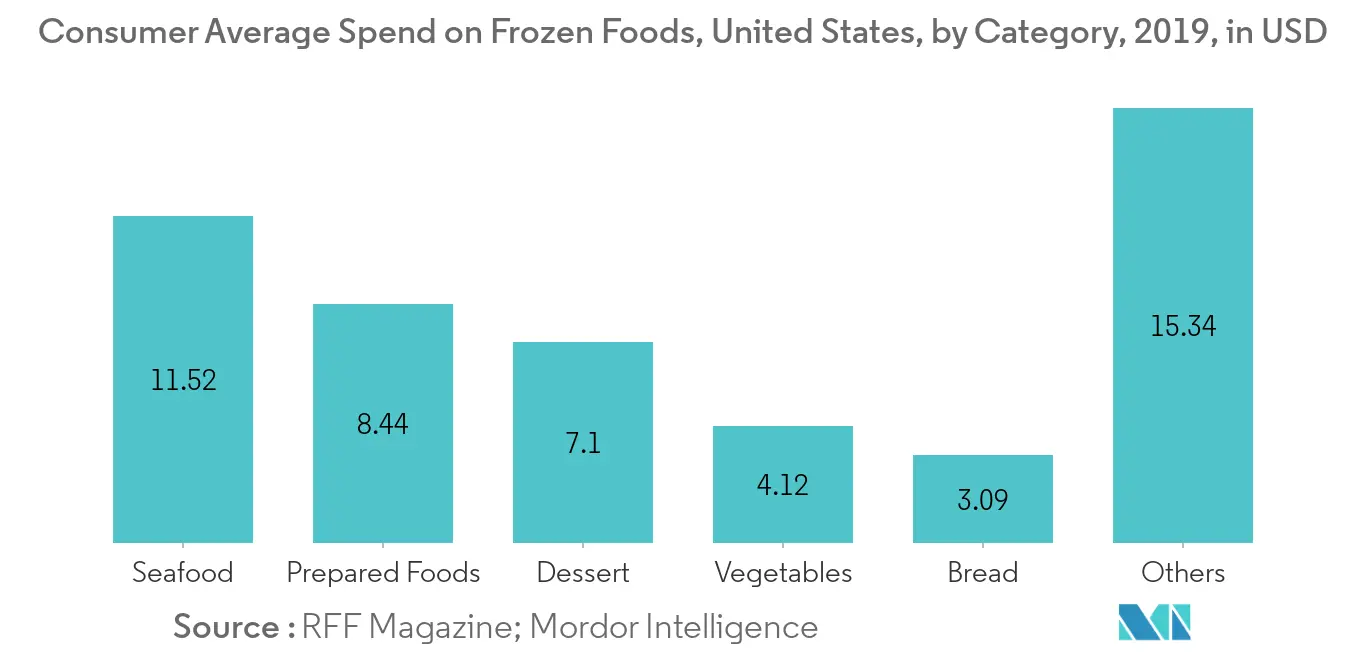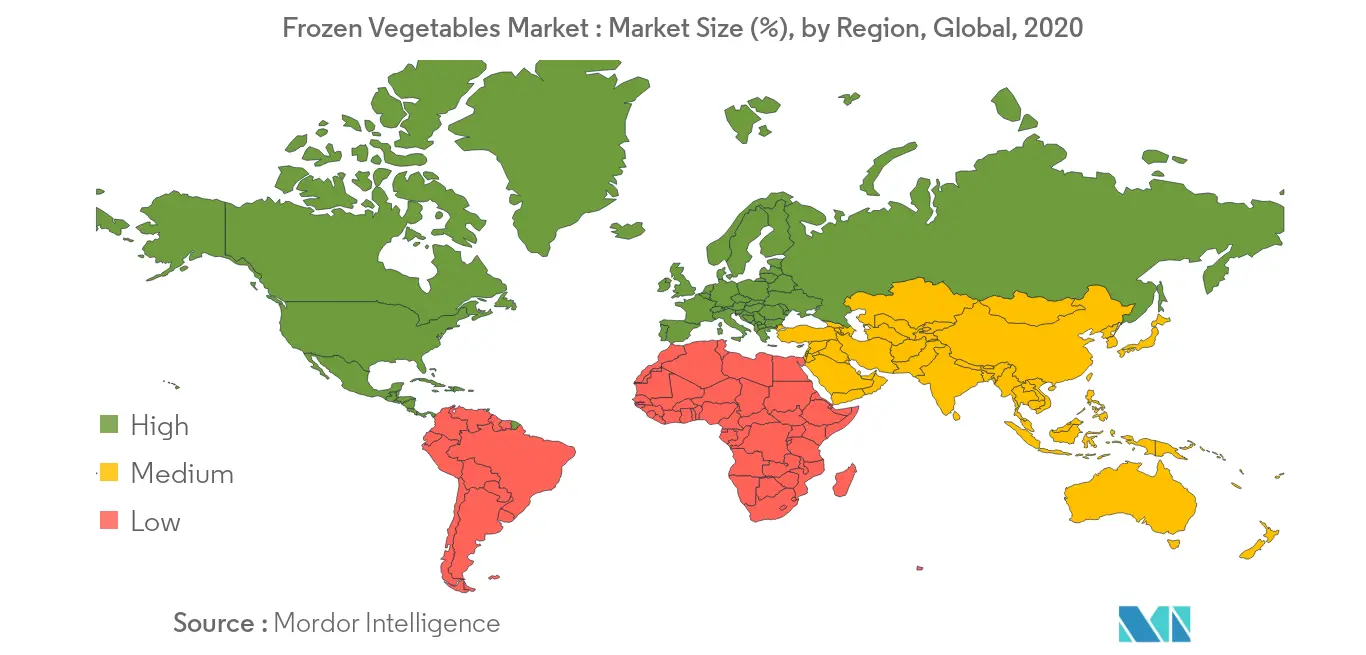Market Trends of Frozen Vegetables Industry
This section covers the major market trends shaping the Frozen Vegetables Market according to our research experts:
Increasing Demand for Convenience Food Products
Since, globally, the younger population (particularly from the developing countries like India and China) is actively engaged in various professional commitments, they are increasingly looking for food products that can be stored and instantly eaten, also with more shelf life. Therefore, working millennials prefer to buy frozen veggies in order to decrease the vegetable cutting and buying time on a regular basis. On the other hand, the surge in demand for frozen vegetables seems to be more favorable for products that are convenient to eat and prepare as well. A study analyzed by RaboBank states that the import of frozen sweet potatoes in the European Union, particularly from the United States, has tripled over the last four years, hence, citing the level of consumer favoritism in devouring the product.

Europe Holds a Significant Market Share
Demand for convenient meal solutions among time-pressured European consumers has been witnessing a continuous increase, which is pushing the market growth of frozen vegetables in the European region. Furthermore, with strong purchasing power and sophisticated consumers, in general, the Europeans tend to mirror the food trends of the Americans. Increasing consumer spending on eating out, especially the younger consumers are spending more on eating than an average, will further boost the revenues in the European frozen vegetable market. Consumers in the region are becoming inclined toward vegan and healthy food as a part of lifestyle change. There has been a considerable shift from high-fat food products to low-fat and high-protein vegetables and fruits. Hence, this is boosting the market growth.


